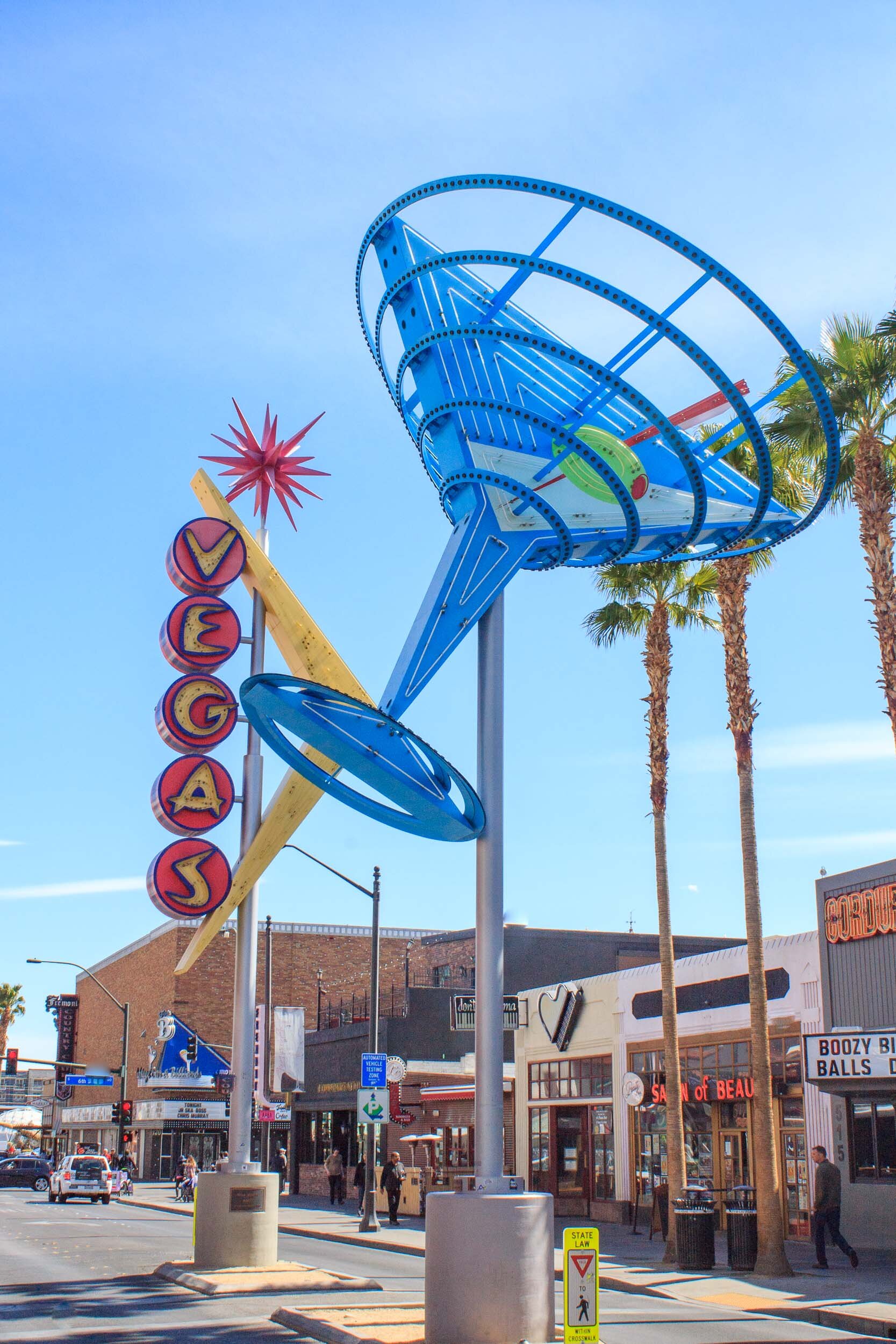Originally published April 17, 2018
I find it surprisingly hard to write about Las Vegas. It may be tempting to describe Vegas with some beaten cliches, but the city is multifaceted and is remarkably self-contradictory. Over the next few weeks, I will try to scribble a few thoughts relating to the photographs I post, exploring different facets of Vegas.
Harrah’s Las Vegas
I have been to Las Vegas twice: once just last month and once before fifteen years ago. The strongest impression I remember form that first time was how fake the city felt. The feeling was there this time, too. After all, how else can you feel about the city where the main attractions are the replicas of the main attractions from other cities all over the world? And, while some of these replicas claim to be quite accurate and built to scale, the only thing that matters is how they look on the outside. The Doge’s Palace is just a facade for casino and shops, as is the Trevi Fountain, and the Statue of Liberty and the sphinx are probably hollow inside. I guess Las Vegas is all about the looks, anyway.
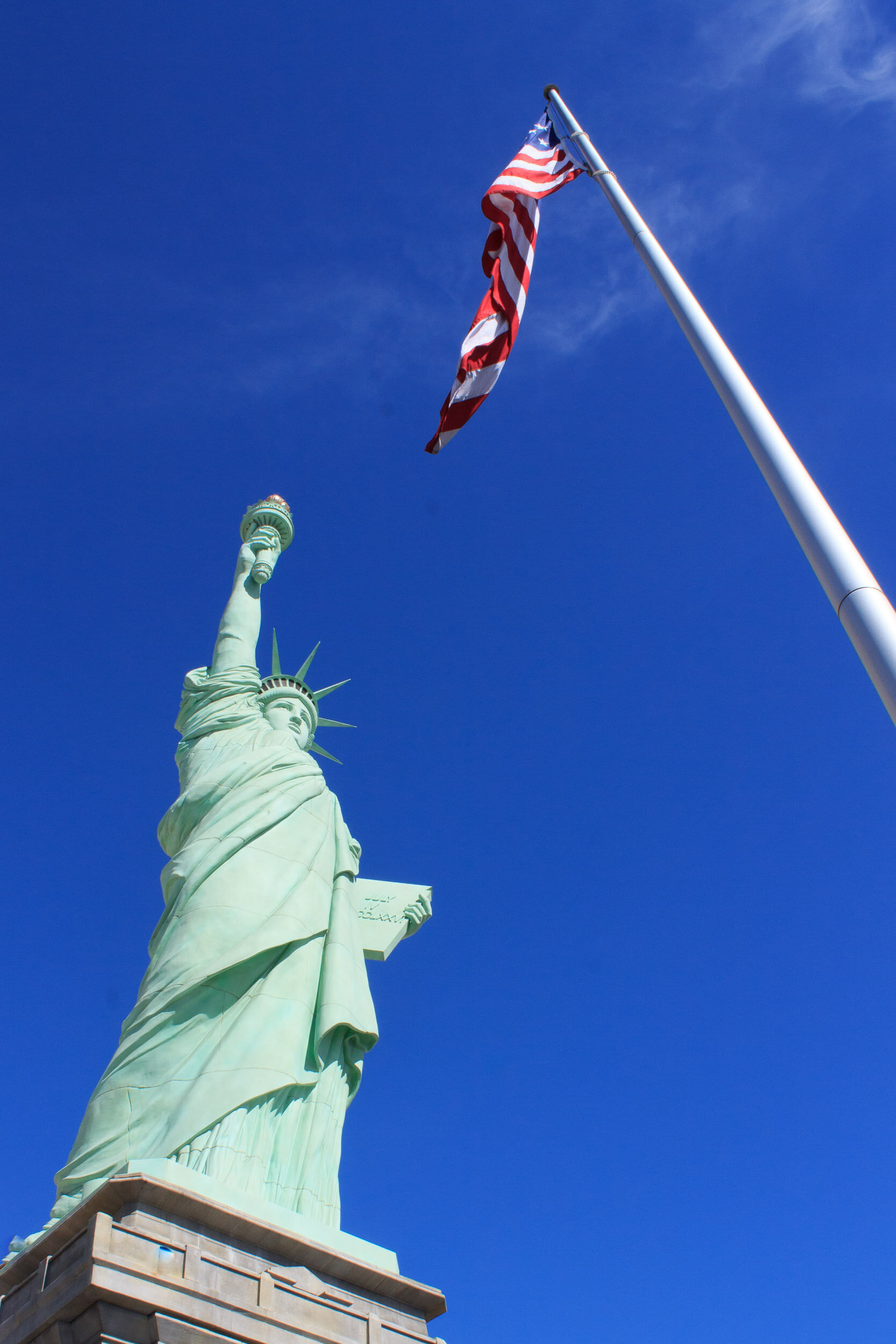
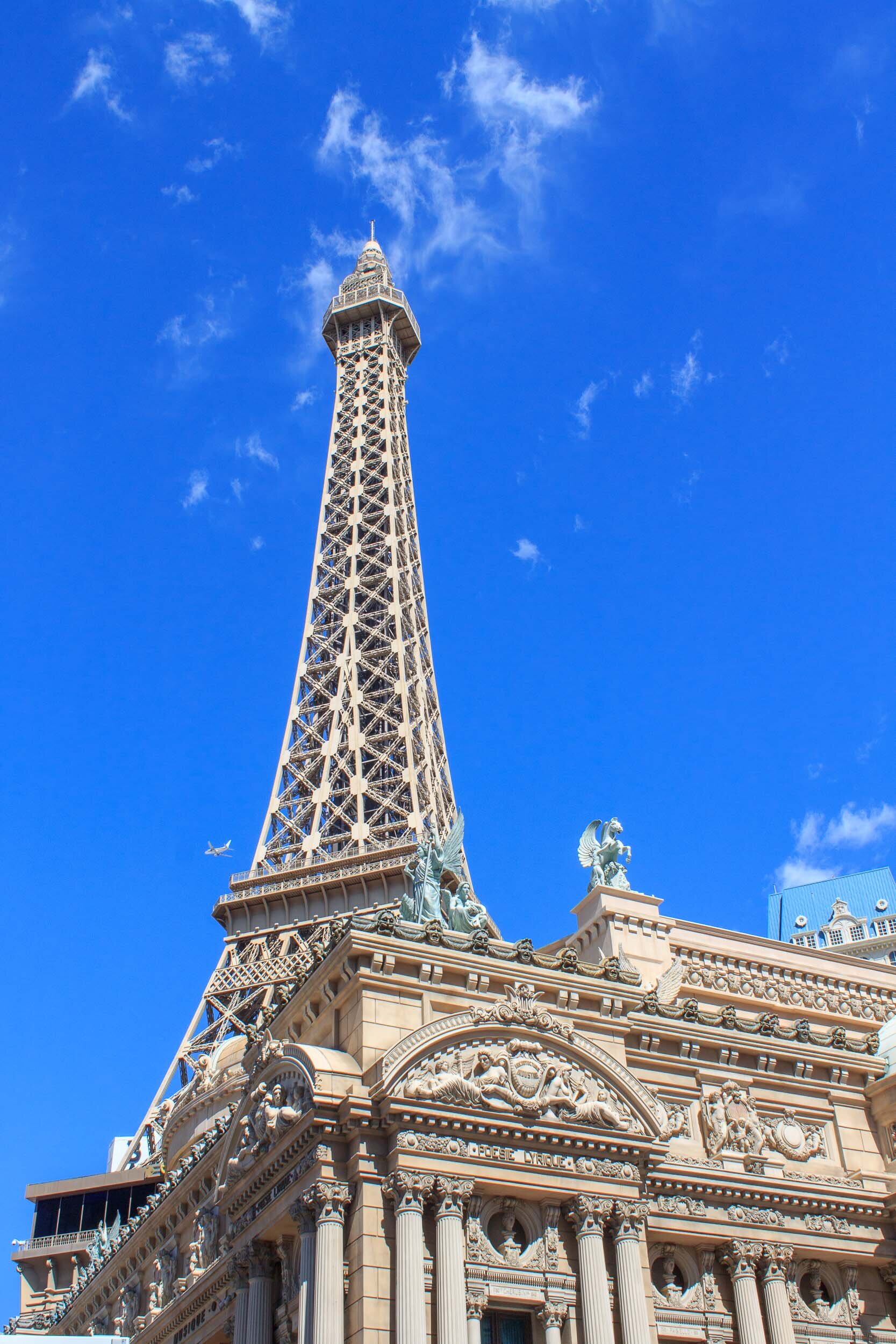
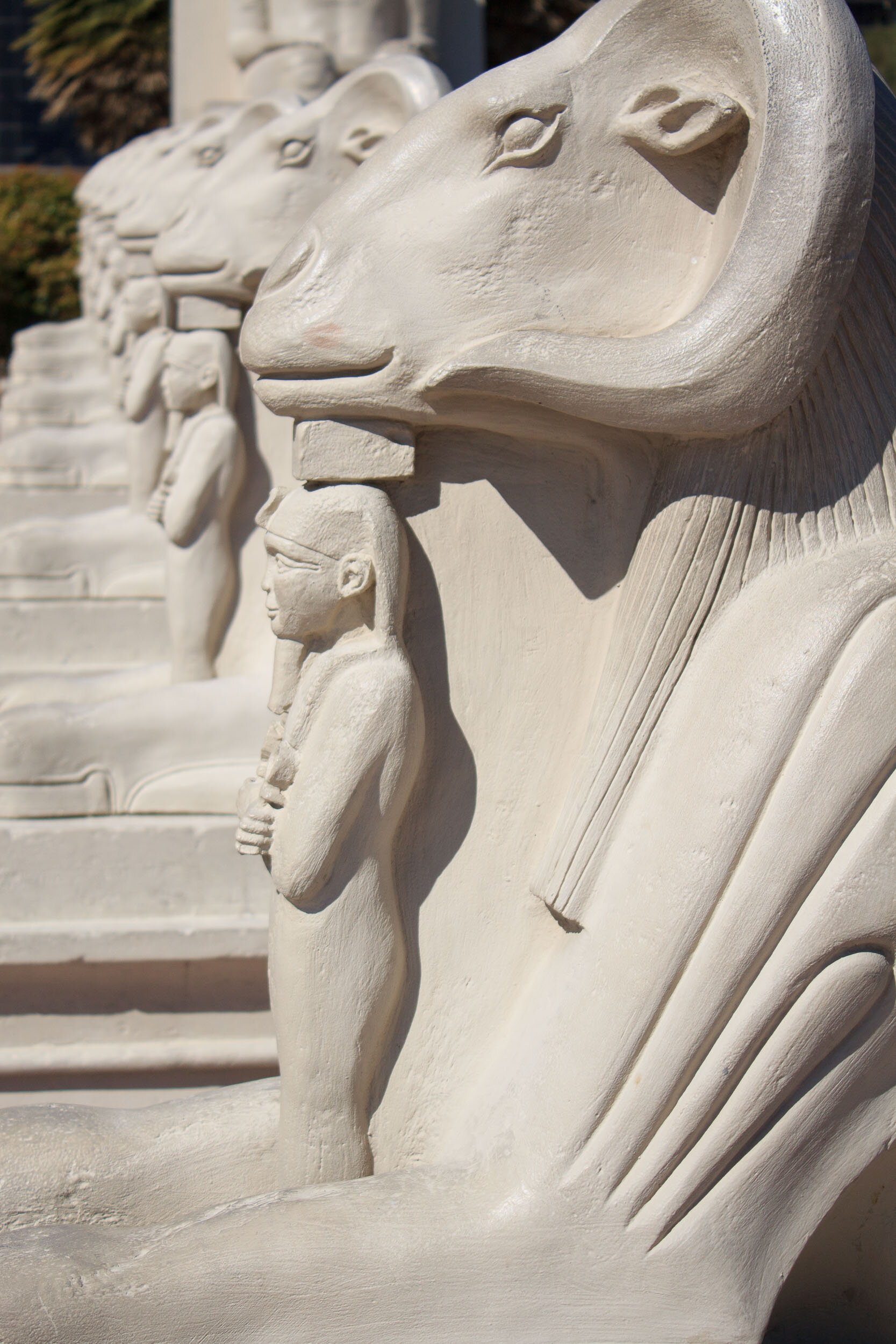
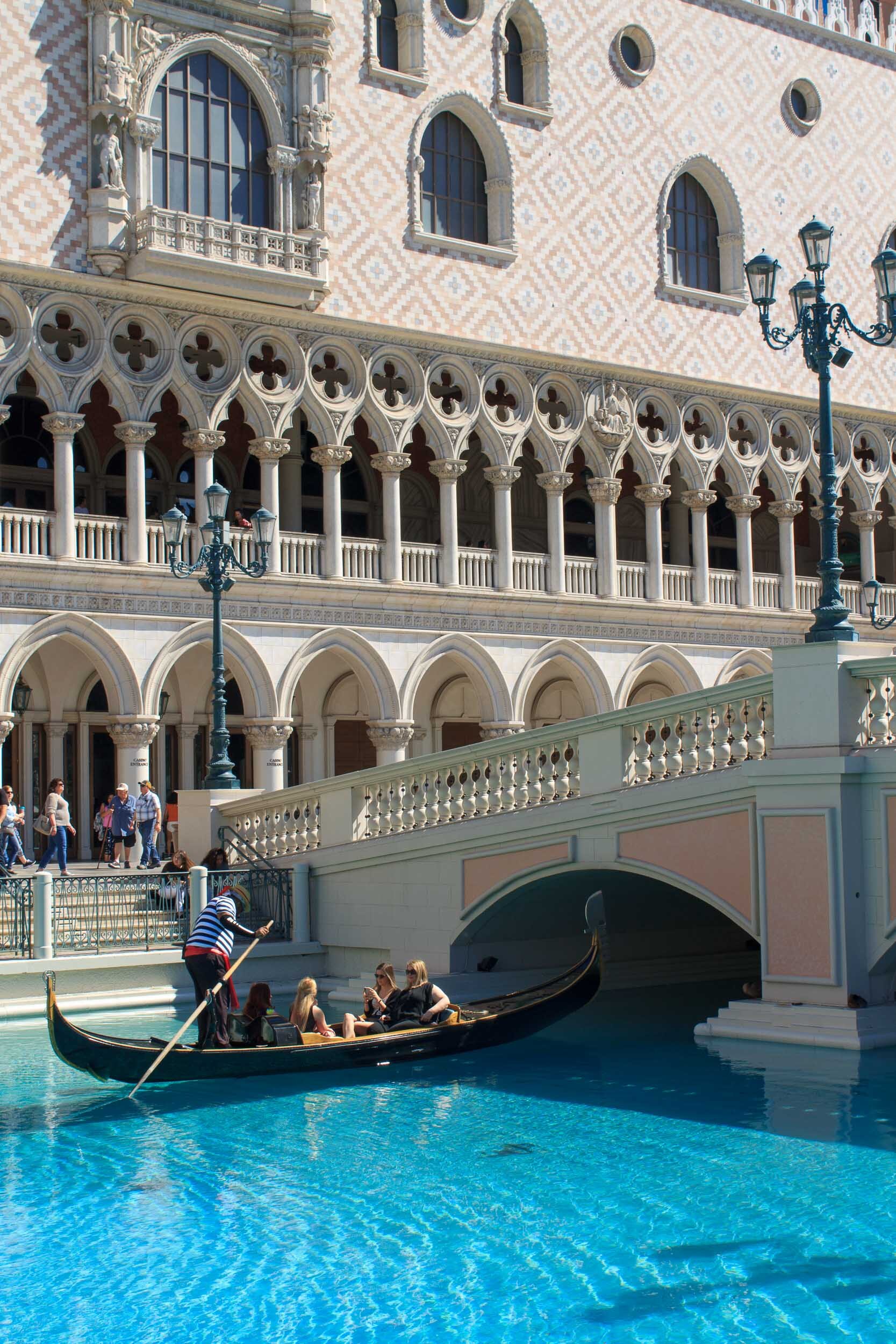
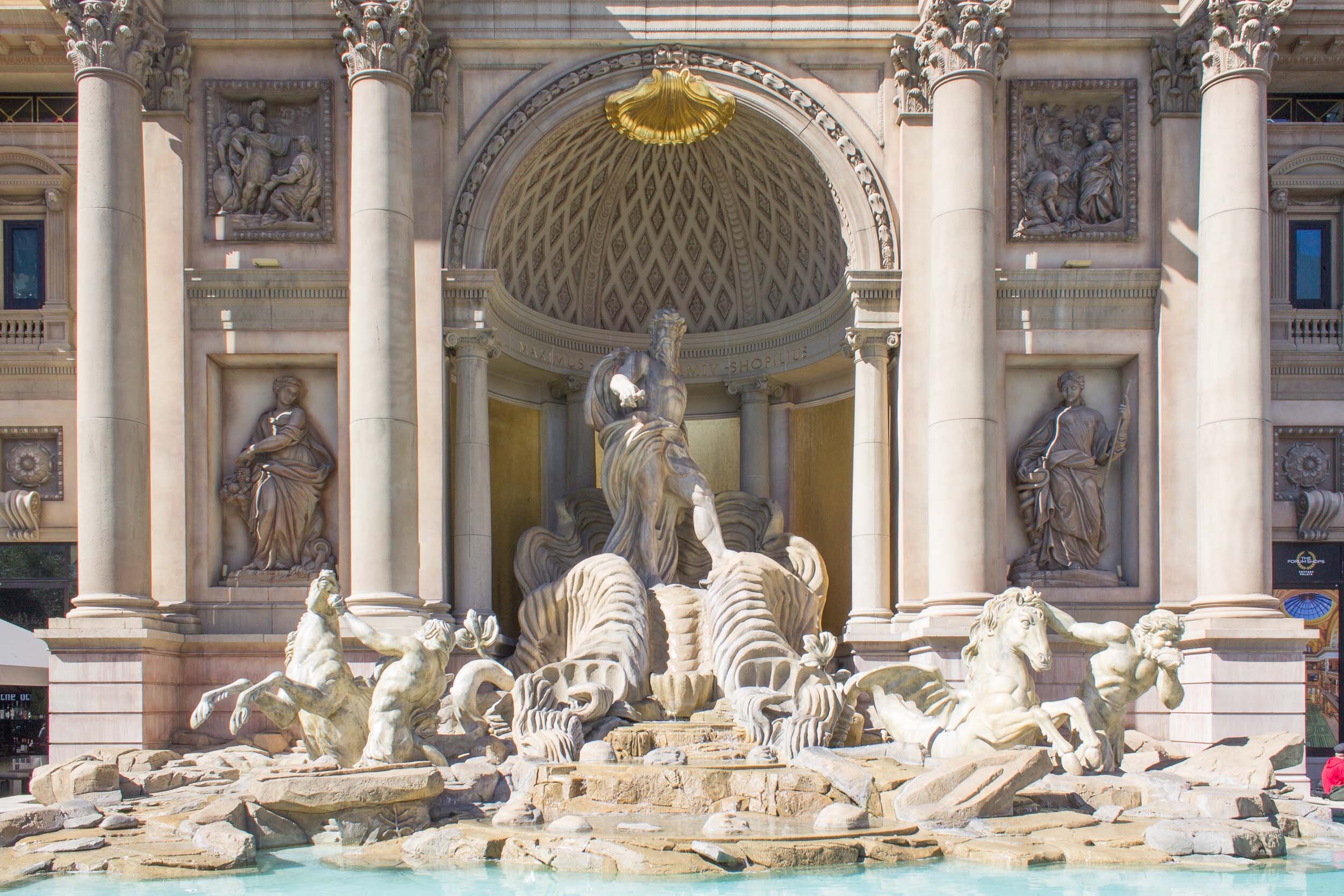
Yet on this visit, I think I was better prepared in terms of expectations. Rather than just rolling my eyes at how not genuine everything looks, I learned to see the whimsical side of things. For what the visual landscape in Vegas lacks in taste, it makes up in absurdity. The papier-mâché tropes may be terrible by themselves, but when jumbled together in almost random arrangements, they acquire playful and fun qualities, like pieces in a kaleidoscope make a beautiful mosaic. The picture below, I feel, sums it the best: a giant statue of a stripper and a Mexican restaurant with an over-the-top sign in a Middle Eastern town under a fake sky. Sometimes, one needs to remember to take things less seriously.

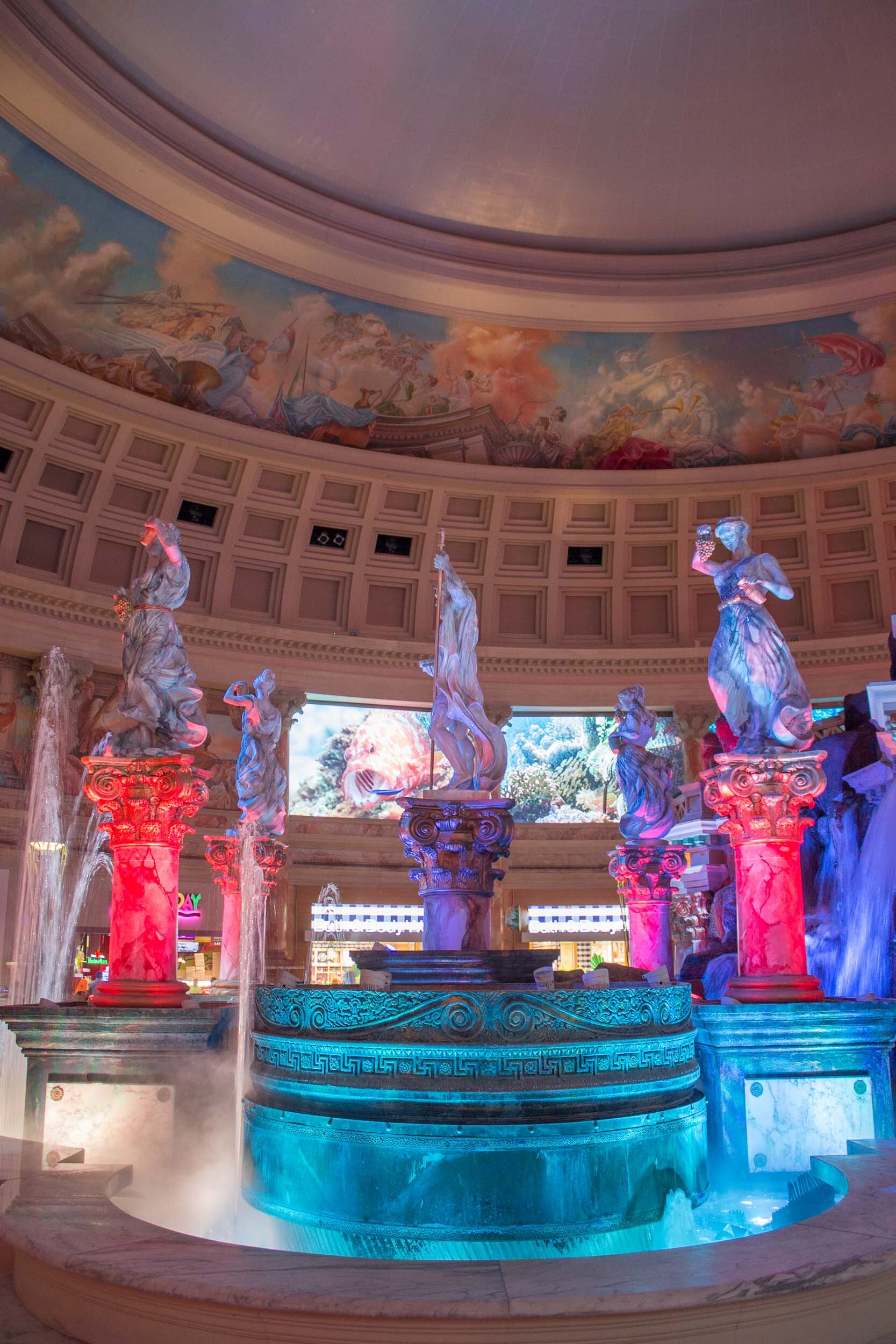
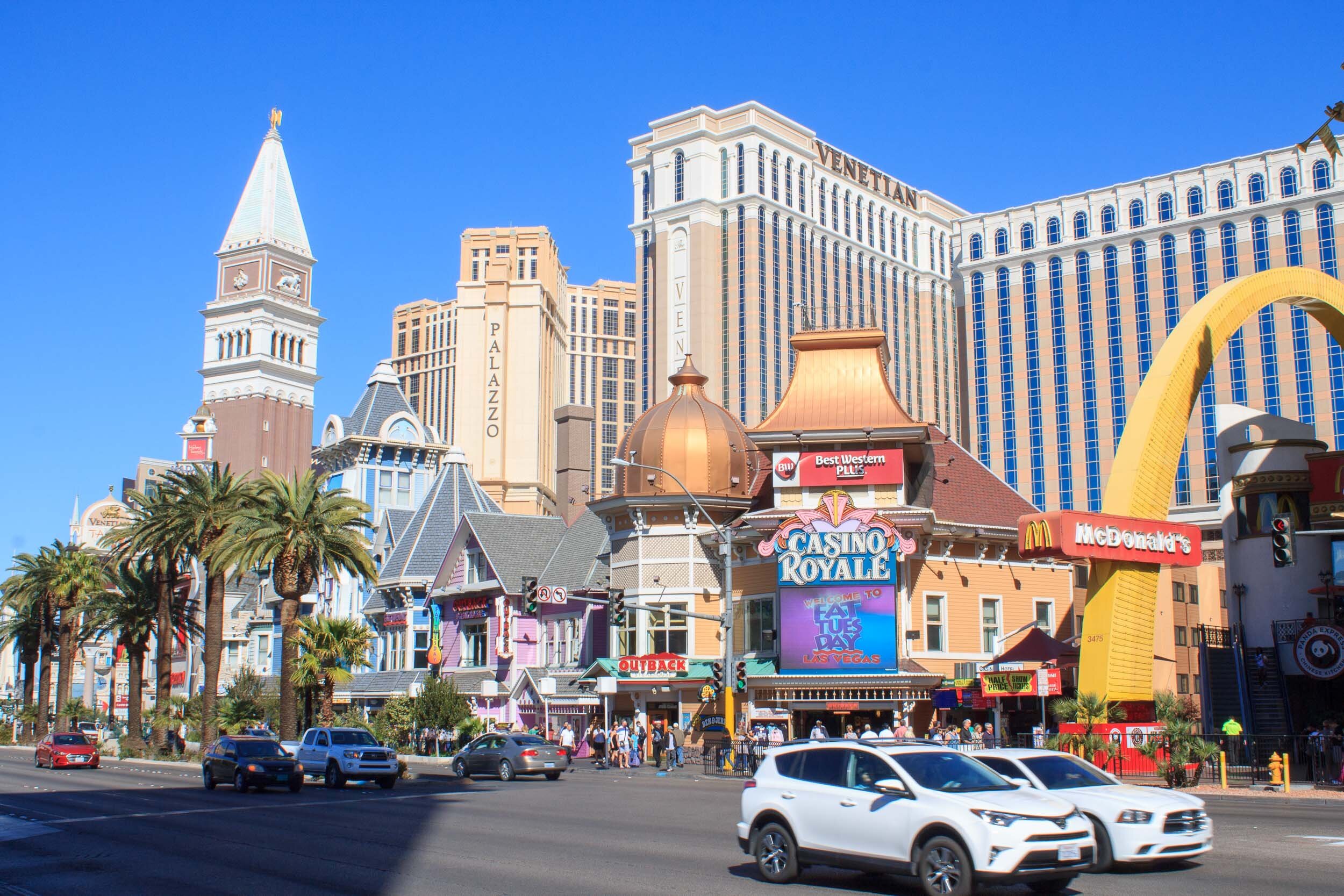

But this whimsical and kitschy side of Las Vegas is probably not long for this world. The themed casinos like Paris, Excalibur, the Venetian and Caesar’s Palace seem to be going out vogue. Some of the older ones are being torn down already, and I will not be surprised if half of the things you see in these photographs will be history in fifteen years. The spirit may survive on Fremont street, however, which always seems to be more “historic” relative to the Strip. It does not have the grandiosity and fake opulence of the strip, but there is no shortage of flashing casino signs and tacky street art.
